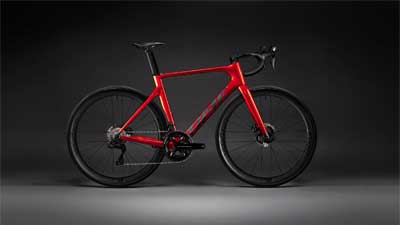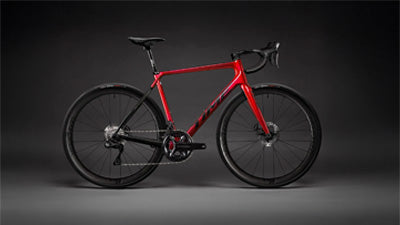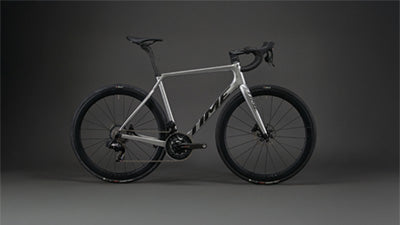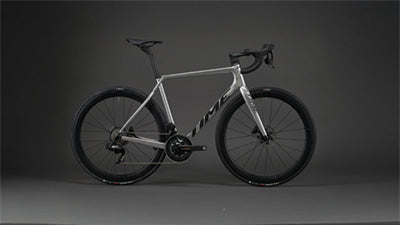Bio-based Dyneema®
is lighter, stronger, and smarter
Dyneema® has been making headlines in the cycling news for a few years now, but to date very few manufacturers have been able to incorporate this advanced material in their products. This is due largely to the limitations of prepreg carbon construction–bike manufacturers being restricted to common fibres offered by large carbon suppliers, and the high temperatures used for curing prepreg frames is above the recommended maximum for Dyneema® fibers. The tight profitability of commodities dictates that unique or expensive products that are not in wide demand are simply not worth producing.
TIME is different. Because we weave our own braided carbon structures (BCS) we have been able to test strands of sustainable Bio-Based Dyneema® fibres since they first became available from DSM. Additionally, the lower resin temperature of the RTM injection process is well within the recommended range.
Dyneema® fiber is 15x stronger than steel
Dyneema® fiber is 15x stronger than steel at the same weight, with a tensile strength up to 43 cN/dtex. Dyneema® fiber is so light that it floats on water and furthermore has a very high modulus (resistance against deformation).
Compared to other generic HMPE fibers, bio-based Dyneema® emits 29 tonnes less CO2 per metric ton of fiber produced. This is the equivalent CO2 released by charging 3.7 million smartphones, or the amount of CO2 absorbed by growing 480 tree seedlings for 10 years.
Why we incorporate Dyneema®
Adding a Carbon/Bio-Based Dyneema® hybrid BCS layer to ADHX allows us to increase strength in the structure without compromising stiffness or weight.
Bio-Based Dyneema® appears in the woven BCS sock at the intersections of the headtube, downtube and toptubes. These BCS braids utilize 20-25% Bio-Based Dyneema® by weight.
Why is it used only on the inside and will it be used in future projects?
Bio-Based Dyneema’s® advantages really stand out when the fibers are loaded in tension. The inner layer of a structure experiences tension in the case of a collision or frontal impact.
We are just getting started. There's so much potential with this amazing new material and combined with our carbon fibre expertise, there's lots more we can do.









